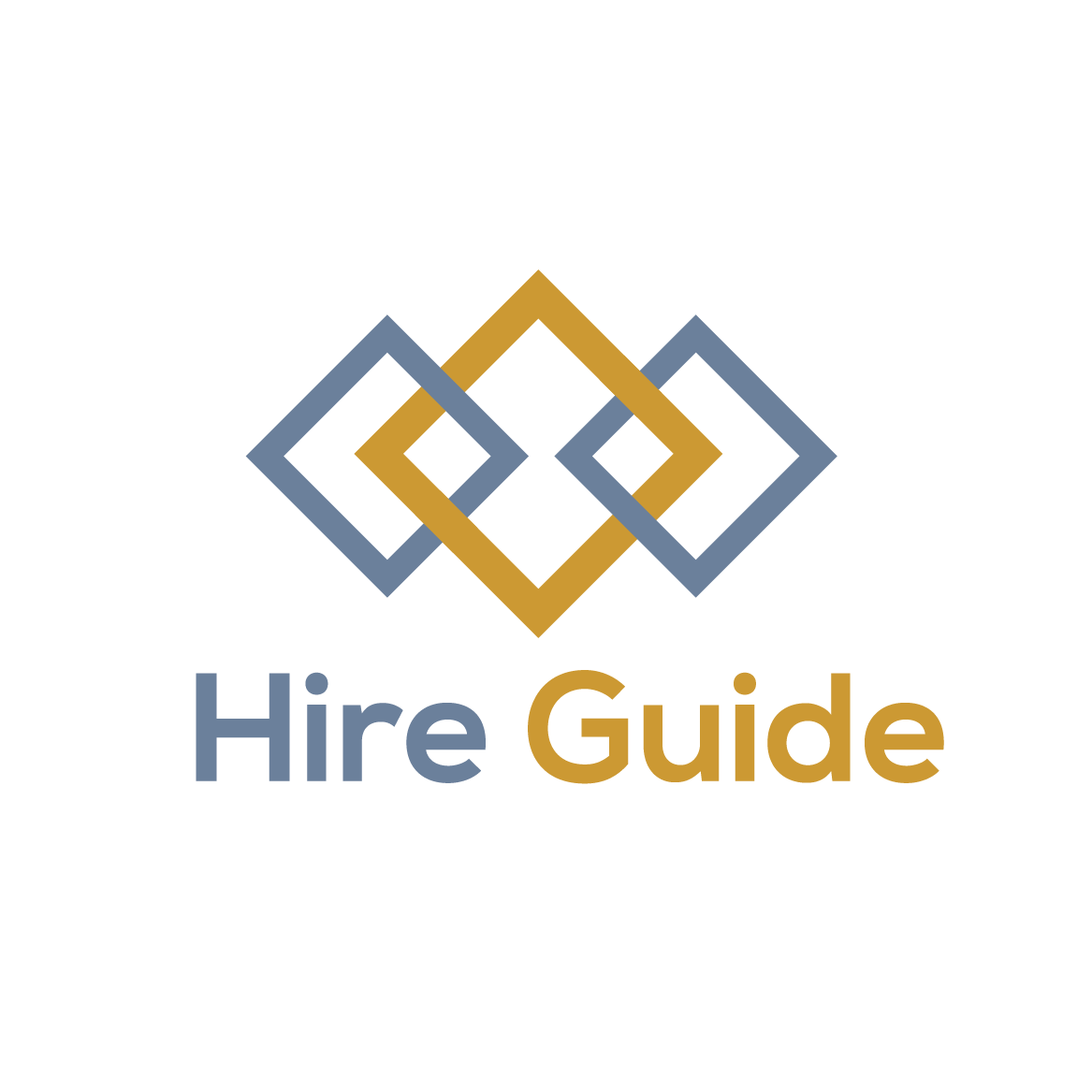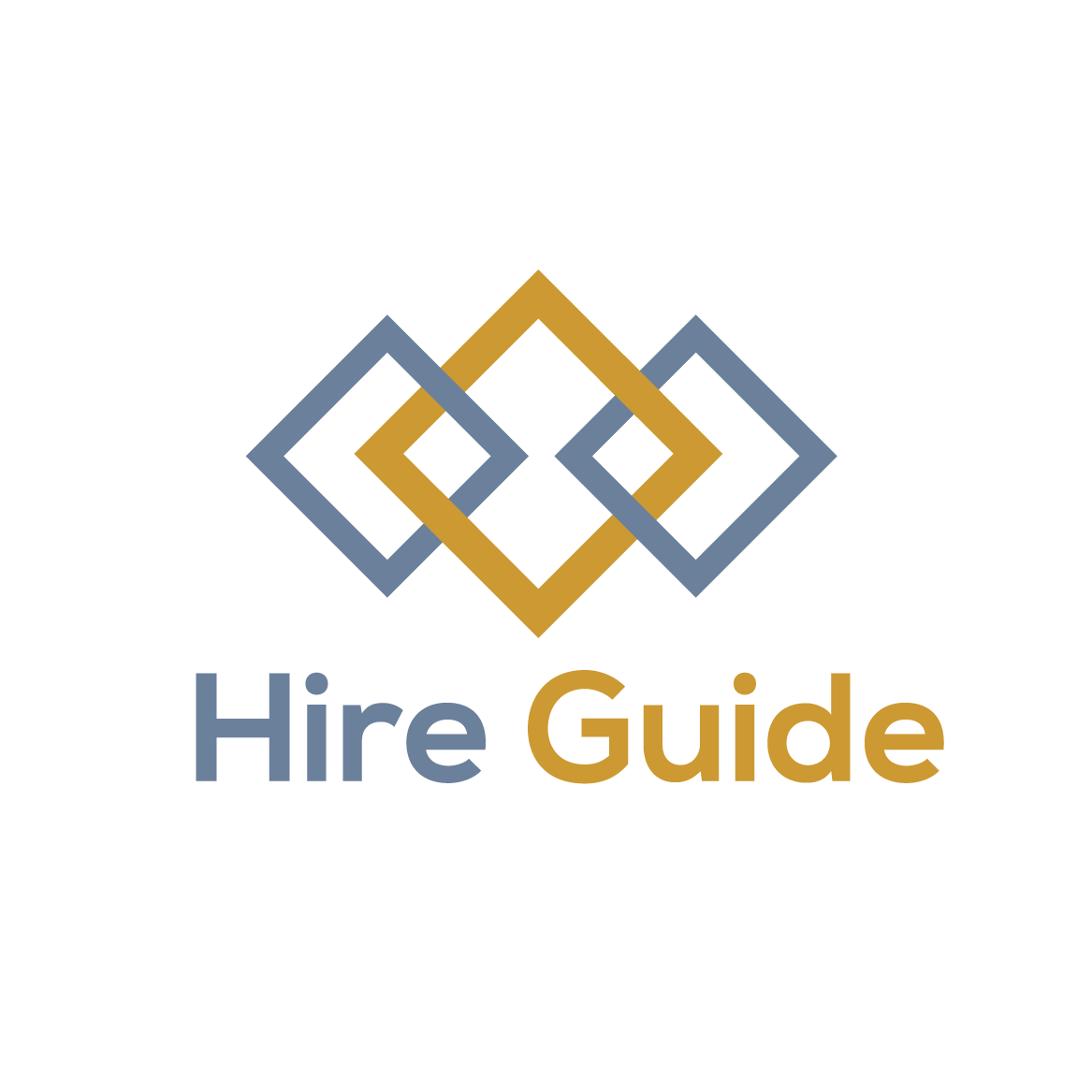When it comes to the employment market LinkedIn is the boss. If you are looking for a professional job there is no better network of employers anywhere. It makes a lot of sense to build a complete LinkedIn profile.
Employers have been flocking to LinkedIn for years. The social aspect allows people to continually update their profile making it the best pool of professional candidates on Earth.
Knowing this, one of the first and most important things a job seeker should do is build a sharp LinkedIn profile. Here are 11 steps to build a complete LinkedIn profile.
1. Profile Picture 
Profiles with photos get 21 times more views and 36 times more messages than profiles without photos. But a bad photo will have the opposite affect and decrease your chances of being contacted. Follow these tips to make sure you look your best and get noticed:
-
- Take a high quality photo that won’t appear fuzzy or pixelated even on a wide desktop monitor. It doesn’t cost much to get a headshot taken but this is definitely something you can do with a friend. Don’t try to take this picture yourself unless you have a tripod and a timer or you risk it looking like a selfie.
- Make sure you have plenty of soft light. Indirect sunlight is best so plan your photo shoot for dawn or dusk or find a some shade if possible. The harsher the light, the harsher your face will appear. Overhead office lights are often the worst.
- The background should be simple and not draw any attention from your face. Solid backgrounds or consistent patterns work best. If possible, make sure that there is nothing behind you for 15 feet and that the background is not brighter than you are.
- Look at the camera. It’s ok to face at a slight angle, but don’t get creative with the pose.
- Your finished profile picture should only contain your head and shoulders. Take or edit the picture to have some extra space around you because LinkedIn will crop it further and you don’t want to end up with a closeup of your forehead.
- Once you choose a profile photo and post it, don’t change it. Your profile acts similarly to a personal logo and people become accustomed to it.
2. Headline
Your headline is 1-3 lines (120 characters) that appear directly under your name. Next to your profile picture it is the first thing an employer will likely see. This is prime real estate so make the most of it.
In this space create a short and memorable slogan about yourself. A good rule to follow is to summarize yourself professionally and then state what you are seeking. Use the phrase ‘seeking employment’ or ‘seeking opportunity’ if at all possible because this phrase is often searched by employers.
Here are some examples:
Experienced Operations Director seeking employment in Portland
MIS Graduate seeking opportunity to put my education to use within a great organization
Future Sales Star seeking employment with a growing organization
3. Summary
If your goal is to build a complete LinkedIn profile, your summary will require some creative writing. This is a 2000 character opportunity to explain who you are by providing detail on your background, your interests, accomplishments and ambitions.
Like all writing success depends on knowing your audience. If you are a full-time job seeker your audience is potential employers so keep that in mind as you write.
To give this a personal feel write it in 1st person. Only the first 2 lines are visible unless the reader takes further action so make them especially compelling and interesting.
Use smaller blocks of text and bullet points where possible.
As a very general rule this section should be 3 -5 paragraphs broken up with a list of skills, qualifications or specialties.
To optimize your profile you want to pack in as many keywords that an employer may use to find you as possible. Including a list in your summary is a great way to incorporate these keywords into your profile. The skills you list should be keywords you find on the job descriptions of jobs you want to have.
If you have an alias, your name is commonly misspelled or have changed your name include a line in your summary titled ‘AKA/Common Misspellings’ so people can find you.
Proofread your summary and then proofread it again. Just 1 simple type or misspelling will likely turn a potential employer off.
Depending on your industry of interest and the experiences, you may want to include an image, video, or other document in your summary section. Most typically these would be images of you at work or in a public speaking engagement.
4. If you want them to call, give them your phone number 
Believe it or not, many job seekers built a great profile and then fail to provide a way to contact them. To make sure your contact info is available click on ‘Me’ in the top bar under a thumbnail of your profile picture. Next click ‘View Profile and then ‘See contact info’. Click on pencil image and add your contact information.
5. Let Recruiters know you’re open to opportunities
LinkedIn has a setting that allows you to signal to recruiters that you are open to job opportunities. By default, this is turned off. To build a complete LinkedIn profile you want this signal turned on.
To turn this on click on ‘Me’ in the top bar under your picture then click ‘Settings & Privacy’ from the drop-down menu. Next, click ‘Privacy’ and scroll down to ‘Job Seeking Preferences’. As soon as you select this option a button will appear. Simply turn the button to ‘yes’ and recruiters will be able to find your profile much more easily.
6. Skills are a key component to build a complete LinkedIn profile
You can add up to 50 skills on your profile and you should take advantage of them all. You will want to keep this section updated because LinkedIn will automatically ask your network to endorse the skills listed.
The skills listed first will be the ones that get the most endorsements and will be the most visible. To edit your skills click on ‘Me’, then ‘View Profile’ and scroll down to the Skills & Endorsements section. Click on ‘add new skill’ or click on the image of the pencil to delete or manage current skills.
7. Personalize your address
One neat trick to help you build a complete LinkedIn profile is to create a personalized URL. On the Edit Profile screen (Click ‘Me’ then ‘view profile’) click on ‘Edit public profile and URL’ and specify what you’d like your personalized address to be. A good choice is firstname-lastname. When you’re finished, click ‘Set Custom URL’.
8. Build a network 
To build a complete LinkedIn profile is to build a network. It’s very easy to connect with other professionals on LinkedIn. Some employers will screen out anyone that does not have at least a decent network because they assume it’s a dormant account.
LinkedIn is great at suggesting other possible connections for you. They will draw from all of the information in your profile to do so. Spend a some time with this until you have at least 50 contacts. The more connections the more powerful of a tool LinkedIn will be so you should always be expanding your network.
9. If you’re not currently employed, make something up
When an employer searches LinkedIn they will probably include current job titles in their search criteria. If you don’t have one listed you are likely to be passed over and never even know about the opportunity.
If you’re unemployed, create a new position with the title you want in your next job and ‘Seeking Opportunities’ as the company name. Make the dates of this new role start the same date your last real job ended to present.
10. Work Experience
This section is similar to the traditional resume but more concise and less comprehensive. For a general structure, first write an overview of each relevant job you have had in 2 or 3 sentences followed by a list of 3-5 achievements in bullet point format.
Each bullet point must begin with a verb in the correct tense. If you are describing a current role use present tense. If it’s a job you no longer have use the past tense.
Your points should be as direct as possible using the fewest words necessary to make your point. Most importantly, use keywords that you gathered while researching job descriptions of positions you aspire to have. LinkedIn profiles of professionals more senior than you who have careers you admire are also reich sources of keywords. Each relevant keywords you manage to include in your profile might be the 1 that your future employer uses to find your profile and invite you to interview!
11. Ask for recommendations
Having recommendations builds credibility and bolsters the information you’ve provided in your profile. Not all recommendations are equal. A complimentary note from the CEO of your last employer certainly packs more of a punch than one from your college roommate. There is no doubt that references are vital if you want to build a complete LinkedIn profile.
To begin gathering recommendations choose a small handful of people strategically. Clients and supervisors are the best whether they are former or present relationships. But there is nothing wrong with asking peers. Keep your requests to only those who are in a professional position to comment on your work.
To request a recommendation go to your profile and scroll all the way down to ‘Recommendations’. There you will click on ‘Ask for a recommendation’ and then fill out the text box with the name of the person you are asking. LinkedIn will ask you about your relationship and the position you held. Choose the appropriate responses from the drop down menus, click ‘next’ and add a personalized note.
If there is something specific you’d like the reference to focus on make sure you let the person know in this note. You’ll have a chance to edit the recommendation before you post it, but it’s not always easy to get someone to edit it after they’ve written it for you.
LinkedIn is a complex tool with a lot of settings that change regularly. You will probably always be working on your profile and building your network. Follow these 11 tips build a complete LinkedIn profile and you will attract the attention of employers and recruiters.
If you have a question or comment about using LinkedIn as a career advancement tool please message me.





